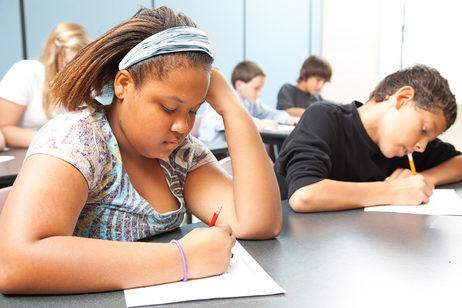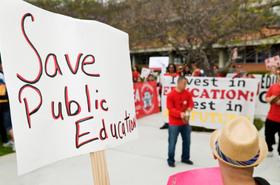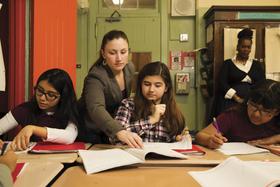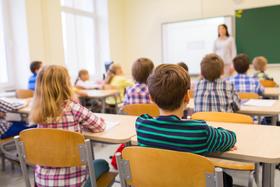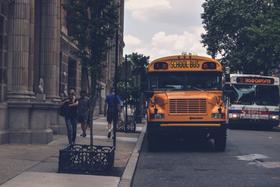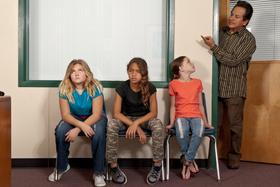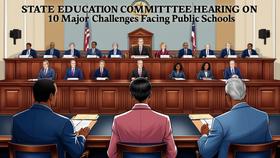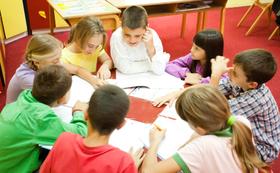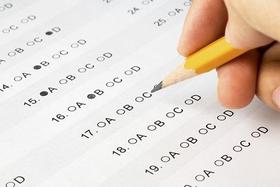If you attended a public school in the United States, you have probably taken a standardized test at some point ‚Ä� probably a lot of them. Testing is one of the most common ways to evaluate the efficacy of an education program, though it may not always be the best way. One of the most well-known education programs that makes heavy use of testing is the .
The Common Core State Standards Initiative, more commonly referred to simply as ‚ÄúCommon Core‚Ä�, was introduced in the early 2000s, though many people still have a poor understanding of what it is and how it has affected the nation‚Äôs school systems. This system has been in place for half a decade and yet the jury is still out on whether it works or not.
Whether you have detailed knowledge of what’s going on in the nation’s education system or not, you are probably aware that the most recent presidential election has led to some big changes. Keep reading to learn about the history of common core, its future, and whether or not it really works.
This video offers an explanation of Common Core.
A History of Common Core
According to the (CCSSO), the Common Core State Standards Initiative is, ‚Äúa set of high-quality academic standards in mathematics and English language arts/literacy,‚Ä� also known




